 |
| The Nguyen Dynasty's royal records still contain the emperors' handwritings. |
The exhibition space of Royal Records of the Nguyen Dynasty - Memories of a Dynasty is taking place at the National Archives Center I. The exhibition is jointly organized by the National Archives Center I and the Hue Monuments Conservation Center (HRC), introducing hundreds of unique documents to the public. This is also the first time that many artifacts of the Hue Monuments Conservation Center are displayed at the National Archives Center I, in order to highlight the value of the Royal Records.
Vivid historical stories
The Nguyen Dynasty, the last monarchy in Vietnamese history, left many valuable legacies to posterity, including the Imperial Records. This is the only original administrative document in Vietnam and one of the few in the world that still retains the direct approval of the emperors on the document. Over the 143 years of its existence (1802 - 1945), the Nguyen Dynasty left its mark in history on unifying the country, establishing sovereignty , diplomatic relations, building the capital, culture, education, social life, administrative institutions, legal systems, examinations and books... all of which are clearly reflected in the Imperial Records.
As a system of administrative documents produced during the state management activities of the Nguyen Dynasty's government apparatus, Chau Ban includes documents issued by emperors and documents submitted by agencies in the government system to the Emperor for approval in red ink. This system of documents was assigned to the Nguyen Dynasty Cabinet to collect and manage uniformly into a block of royal documents.
Under the Nguyen Dynasty, the Imperial Archives were carefully preserved in the Dong Cac Palace, serving as a source of historical data to contribute to the writing of contemporary official histories. However, with the ups and downs of history, the Imperial Archives also had to undergo many migrations. In 1942, the Imperial Archives of the Nguyen Dynasty were brought to the Hue Institute of Culture. In 1959, Hue University received this set of documents to translate and make a catalog; then brought to the Da Lat Archives, transferred to the Department of Archives - Nha Van Kho. When the South was liberated, the Imperial Archives of the Nguyen Dynasty were brought to the National Archives Center II for preservation. Since 1991, the Imperial Archives have been brought to the National Archives Center I under the State Archives Department for preservation, opening the door for scholars and the public to access these documents.
The late Professor Phan Huy Le once acknowledged: "The Nguyen Dynasty's Royal Records are a cultural heritage with dual value, both tangible and intangible, priceless, not only rare but also unique and one-of-a-kind preserved to this day."
Irreplaceable source of information
After years of silence, the Chau Ban is now being studied by researchers and historians to remove the dust of time from each ancient line to recreate the history of our ancestors, bringing the values of the past into present life.
Scientific conferences were held, and the Royal Records became a source of historical data for research, reconstruction of traditional rituals and culture, and restoration of many important relics.
Director of the Department of Culture and Sports Phan Thanh Hai said: Most of the architectural works in the Hue royal architecture system have been destroyed by war, natural disasters, weather... "It is very specific, accurate, almost through which we understand the assessments and views of the Nguyen Dynasty emperors on architectural works and cultural heritages. In fact, many works in the Hue Imperial Citadel architectural system have been restored and reconstructed based on many different sources of documents, in which the Royal Records play a very important role," said Mr. Hai.
Deputy Director of Hue Monuments Conservation Center Nguyen Phuoc Hai Trung said that information and documents about the Chau Ban heritage have both potential value and material and existing value. “For us, those who work in science, these are solid and very valuable documents to support the work of restoring and rehabilitating the relic,” said Mr. Trung.
The exhibition space “Cau Ban Trieu Nguyen - Memories of a Dynasty” at the National Archives Center I - where this collection of documents is being preserved - will be an opportunity for the public to see with their own eyes the red color and calligraphy of the Nguyen Dynasty kings. “Admiring” the royal writings of the emperors, for posterity, is not only a matter of “reading the documents and thinking of the ancients”, but also providing valuable information to evaluate the talent, position, and role of the Nguyen Dynasty kings in governing the country and bringing peace to the world.
“By viewing these documents, we can better understand a turbulent period in our country’s history, as well as learn more about our ancestors’ stories that are very authentic and closest to historical truth. With a permanent, permanent exhibition space, we hope this will be a cultural destination for domestic and foreign audiences to learn more about Vietnamese history and culture,” said Ms. Tran Thi Mai Huong, Director of the National Archives Center I.
The remaining Nguyen Dynasty Imperial Records today include more than 86,000 original documents of 11 Nguyen Dynasty kings; of which, 10 kings left their approval in vermilion ink on the documents. The two dynasties that did not have Imperial Records were Duc Duc and Hiep Hoa. In 2014, the Nguyen Dynasty Imperial Records were honored by UNESCO on the Asia-Pacific Heritage Map, and in 2017 were honored as World Heritage.
Source




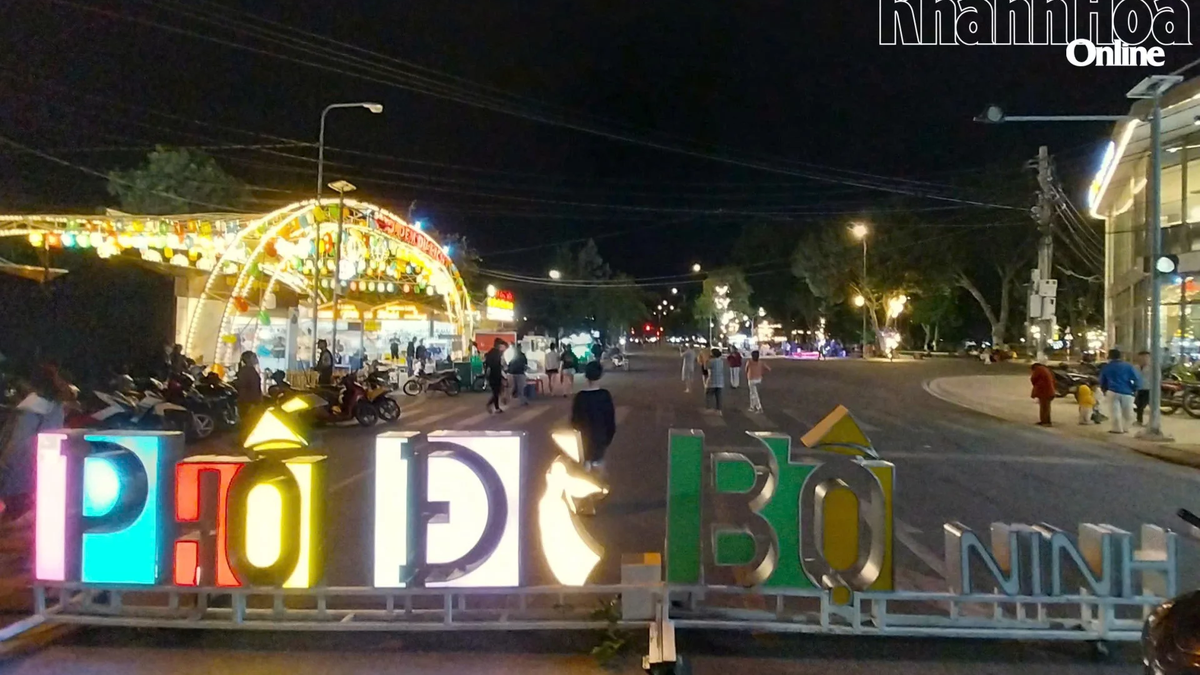




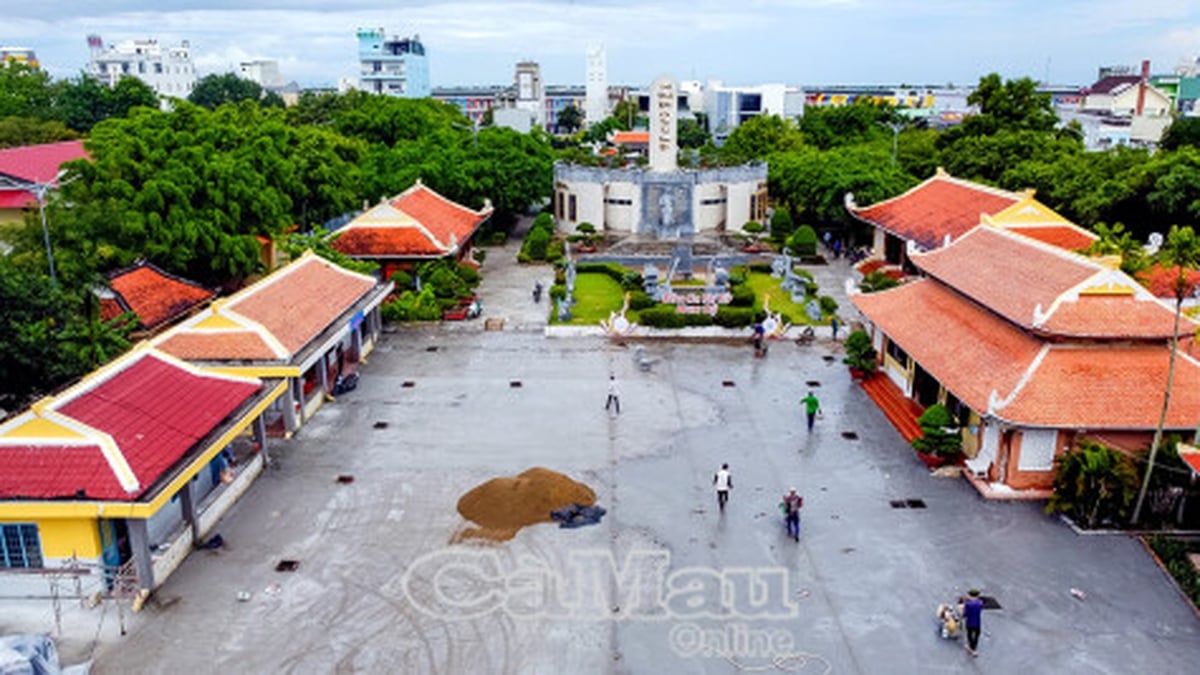



















![[Photo] Gia Lai provincial leaders offer flowers at Uncle Ho's Monument with the ethnic groups of the Central Highlands](https://vphoto.vietnam.vn/thumb/1200x675/vietnam/resource/IMAGE/2025/7/9/196438801da24b3cb6158d0501984818)
















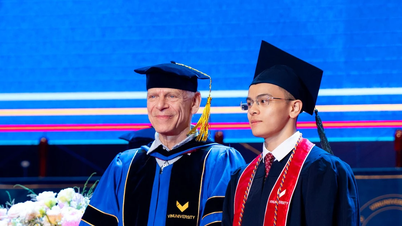




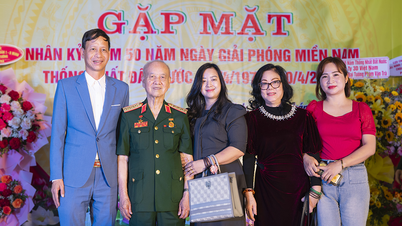











![[Infographic] Parade program to celebrate the 80th anniversary of August Revolution and National Day September 2](https://vphoto.vietnam.vn/thumb/402x226/vietnam/resource/IMAGE/2025/7/12/3bf801e3380e4011b7b2c9d52b238297)

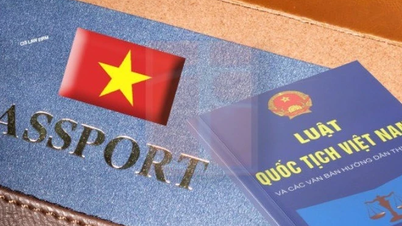



































Comment (0)